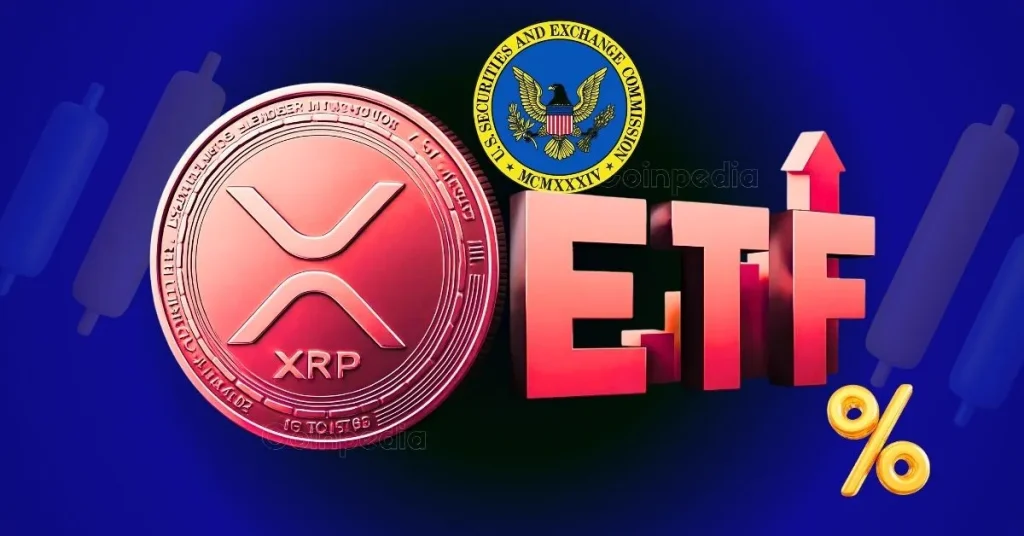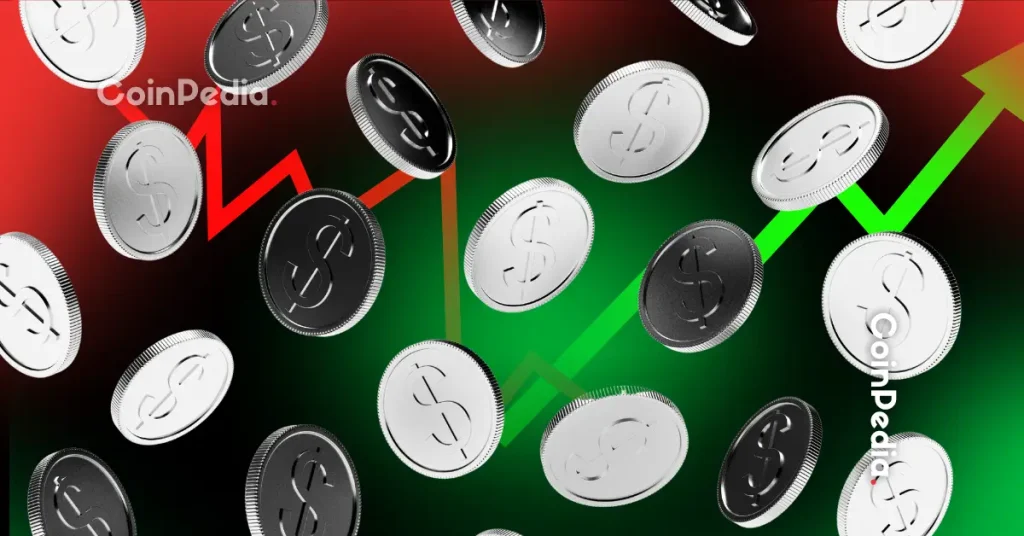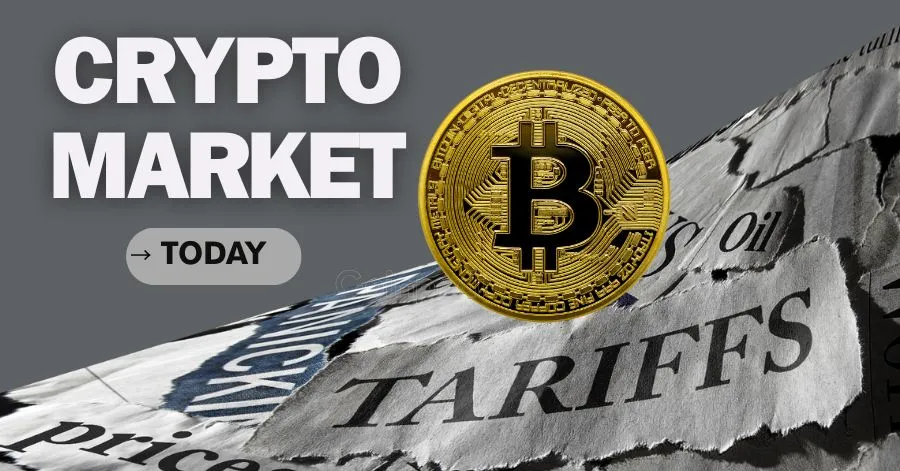Tim Cook pulled Apple back from the edge this year without inventing anything new. Between Trump’s unpredictable tariffs, a court case that threatened $20 billion in annual revenue, and criticism over weak AI products, Apple’s problems stacked up fast.
In April, the company’s value dropped to $2.6 trillion, wiping away its crown as the world’s most valuable company.
Six months later, it passed $4 trillion, without a breakthrough device. That’s more than 10x the size of Apple when Tim took over 14 years ago.
He didn’t need a shiny new product to get there. While critics kept asking why Apple wasn’t first to jump into big AI features, Tim focused on keeping the machine running. His strategy wasn’t flashy. He made it political, legal, and operational, and it worked.
Behind the scenes, Apple survived tariffs, sidestepped antitrust fallout, and convinced users to keep spending on services. It was enough to avoid collapse.
Tim dodges Trump’s tariff threats without giving much up
The worst moment came on “Liberation Day” in April. Trump announced massive tariffs on Chinese-made goods. Since most iPhones are still made in China, Apple’s stock nosedived over 20% in a few days.
Trump had already gone after the company’s supply chain before, saying it should come back to the U.S. “We’re not interested in you building in India. India can take care of themselves,” Trump said in May.
But Tim had already started moving iPhone assembly to India years earlier. So when Trump fired the tariff gun, Apple was able to quietly ship India-made iPhones to the U.S. to escape it.
The supply chain, built over 20+ years in Asia by Tim himself, isn’t moving back to America. There’s no cheap, skilled labor base in the U.S. that can replace what exists in China, India, and Vietnam.
Knowing Trump liked headlines more than outcomes, Tim leaned into it. In 2018, Apple promised to “invest $350 billion” in the U.S. over five years, spending they already planned to do anyway, according to insiders.
In 2019, facing more tariffs, Tim gave Trump a tour of a Mac Pro plant in Texas. “Today I opened a major Apple manufacturing plant in Texas,” Trump claimed. The plant had actually been open since 2013. Tim said nothing.
In August this year, Tim did it again. This time, the number was $600 billion in U.S. investments. Same trick. Same playbook. Most of the spending was already budgeted.
He made the announcement standing next to Trump in the Oval Office, handing him a gold-plated plaque.
Projects included a $2.5 billion deal with Corning in Kentucky, a $500 million rare-earth deal, and some AI server manufacturing in Texas. But none of it was about making iPhones in the U.S.
Trump liked what he saw. Apple got exempted from full electronics tariffs. The smaller China tariffs were cut in half.
Tim escapes Google antitrust ruling and calms investors with iPhone 17
Then came the Google case. A judge was reviewing whether Google’s deal with Apple, to remain the default search engine on Safari, was legal. If that contract were struck down, Apple could lose over $20 billion a year. That’s about 20% of Apple’s operating profit.
Tim didn’t show up. He sent Eddy Cue, Apple’s services boss. Cue told the judge he had “lost a lot of sleep” over possibly losing the deal. He warned that the tech market moves fast enough to sort itself out.
The judge agreed, calling the market “already shifting” due to AI, and said ending search deals would hurt companies like Apple. That was it. Case over. As one analyst put it, “Apple didn’t just dodge a bullet; they dodged a missile.”
After that, Tim got back to the product. Just after Labor Day, Apple hosted hundreds at its campus to show off the iPhone 17 series.
The iPhone Air was the headline device, but customers didn’t love it; worse camera, single speaker, weaker battery, and high price. It didn’t matter. Apple added just enough new stuff to the rest of the iPhones to keep people upgrading.
Now Apple’s predicting up to 12% revenue growth this holiday quarter, which is double what Wall Street expected.
While critics call Apple slow on AI, the company still buys back $100 billion worth of its own stock each year. And thanks to subscriptions, App Store ads, and services like Apple News (which includes a deal with News Corp), Apple passed $100 billion in service revenue this year. Those services make more profit than the devices.
Nine years ago, people laughed at AirPods. Now they’re everywhere. Same for the Apple Watch. Tim didn’t rush. He just kept growing the business. He’s not a “product guy” like Steve Jobs. He doesn’t live in the design studio.
But under Tim, Apple now designs its own chips. Some say he should be replaced by someone more visionary when he eventually leaves. That day isn’t coming soon. When he steps down, he’s expected to stay on as executive chairman.
The smartest crypto minds already read our newsletter. Want in? Join them.
















 English (US)
English (US)